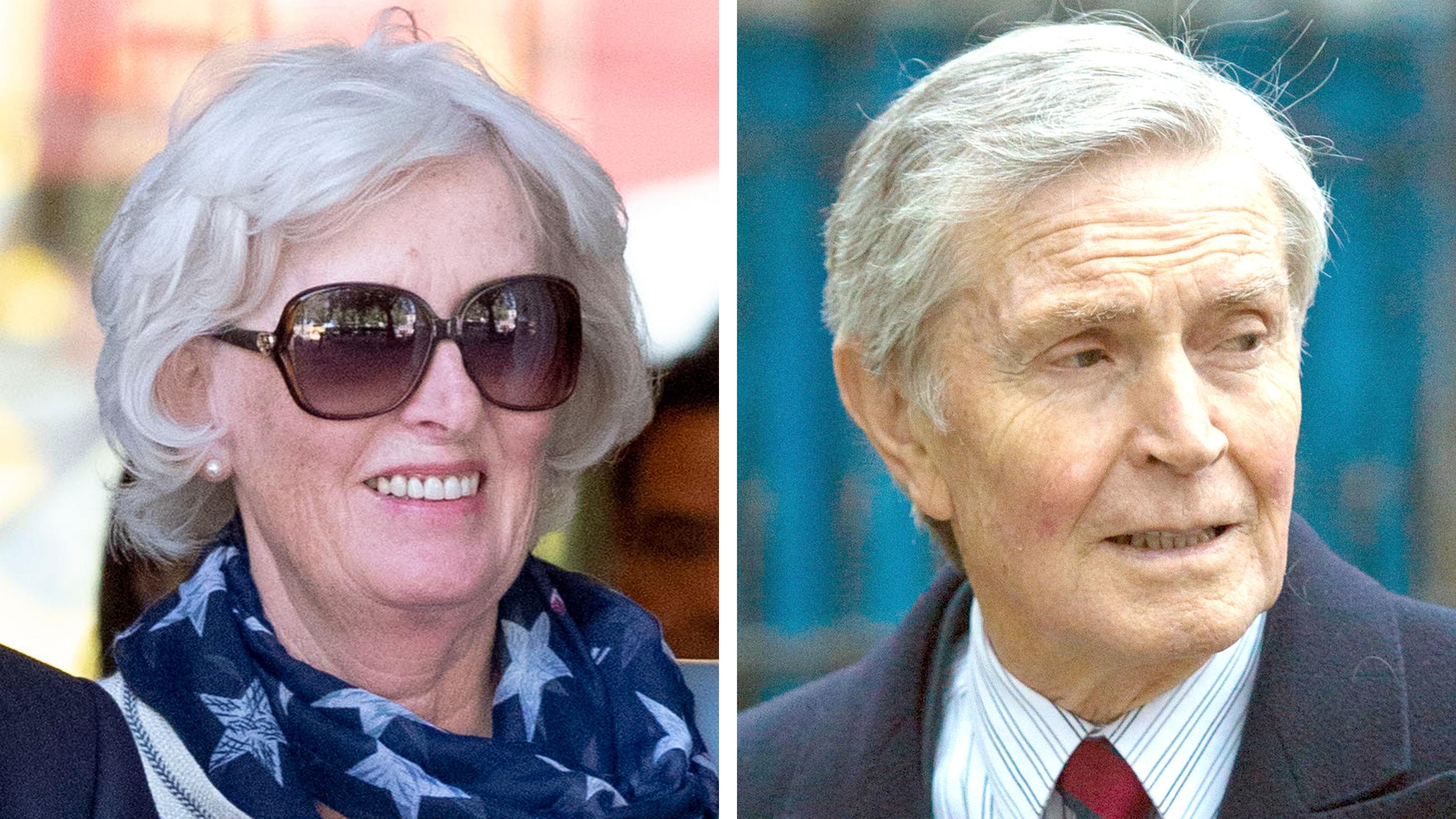
LAWYERS say ministers must reform England’s “archaic” divorce law after five Supreme Court justices ruled that a 68-year-old woman had to stay in a “loveless” marriage she wants to end.
An association of specialist family lawyers said no-one should have to remain “trapped in a marriage” in the 21st Century.
Resolution said there was a “divorce crisis” in England and Wales and called on the Government to take urgent action.
Tini Owens had told the Supreme Court that her 40-year marriage to Hugh Owens, 80, was “loveless” and “broken down” and she said she wanted a divorce.
She said he had behaved unreasonably and said she should not reasonably be expected to stay married.
Mr Owens had refused to agree to a divorce, justices heard, and denied Mrs Owens’ allegations about his behaviour.
He said if their marriage had irretrievably broken down it was because she had an affair, or, because she was “bored”.
Two years ago a family court judge rejected Mrs Owens’ allegations and refused to grant her a divorce.
Judge Robin Tolson described her complaints about Mr Owens as “flimsy and exaggerated”.
Last year three appeal judges ruled against dismissed Mrs Owens’ challenge to that decision after a Court of Appeal hearing in London.
Supreme Court justices have now also ruled against her.
They had analysed rival legal arguments at a Supreme Court hearing in London in May and delivered a ruling on Wednesday.
One, Lord Wilson, said justices had ruled against Mrs Owens “with reluctance”.
He said the “question for Parliament” was whether the law governing “entitlement to divorce” remained “satisfactory”.
Lord Wilson indicated that the law would allow Mrs Owens to divorce in 2020, when the couple had been separated for five years.
Mr and Mrs Owens had married in 1978 and lived in Broadway, Worcestershire, judges had heard.
Mrs Owens petitioned for divorce in 2015 after moving out.
Resolution said the case was “troubling”.
“Whilst the Supreme Court has, reluctantly, applied the law correctly, the fact that they have done so confirms there is now a divorce crisis in England and Wales, and the Government needs to take urgent action to address it,” said Nigel Shepherd, a former Resolution chairman.
“In this day and age, it is outrageous that Mrs Owens – or anybody – is forced to remain trapped in a marriage, despite every judge involved in the case acknowledging it has come to an end in all but name. Today’s judgment underlines just how vital it is that government now urgently reforms the divorce law.”
He added: “It should not be for any husband or wife to ‘prove’ blame as the law requires many to do – this is archaic, creates needless conflict, and has to change.”
Mrs Owens’ solicitor said many people would find the Supreme Court decision “hard to understand”.
Mrs Owens’ solicitor Simon Beccle said his client had hoped that justices would make a decision which would be “forward thinking and fit with the current social mores”.
He added: “Mrs Owens is devastated by this decision which means that she cannot move forward with her life and obtain her independence from Mr Owens.”
A lawyer who represented Mr Owens said Supreme Court justices had rightly rejected Mrs Owens’ “attempt radically to reinterpret the requirements for a behaviour divorce”.
Barrister Hamish Dunlop said: “In bringing her appeal, she was essentially advocating divorce by unilateral demand of the petitioner; ignoring the court’s duty to have some objective regard to the respondent’s behaviour.”
He added: “Those calling for a so-called ‘no fault divorce’ regime may take comfort from Lord Wilson’s view that in moving with the times, the law nowadays sets the bar for a grant of divorce based on behaviour at a low level.
“Nevertheless, the essential ingredients of this ground (or ‘fact’ under the act) must still be proved. Mrs Owens failed to satisfy the trial judge that her husband had behaved in such a way as to entitle her to divorce him under the law as it currently stands.”

Enjoy the convenience of having The Sunday Post delivered as a digital ePaper straight to your smartphone, tablet or computer.
Subscribe for only £5.49 a month and enjoy all the benefits of the printed paper as a digital replica.
Subscribe